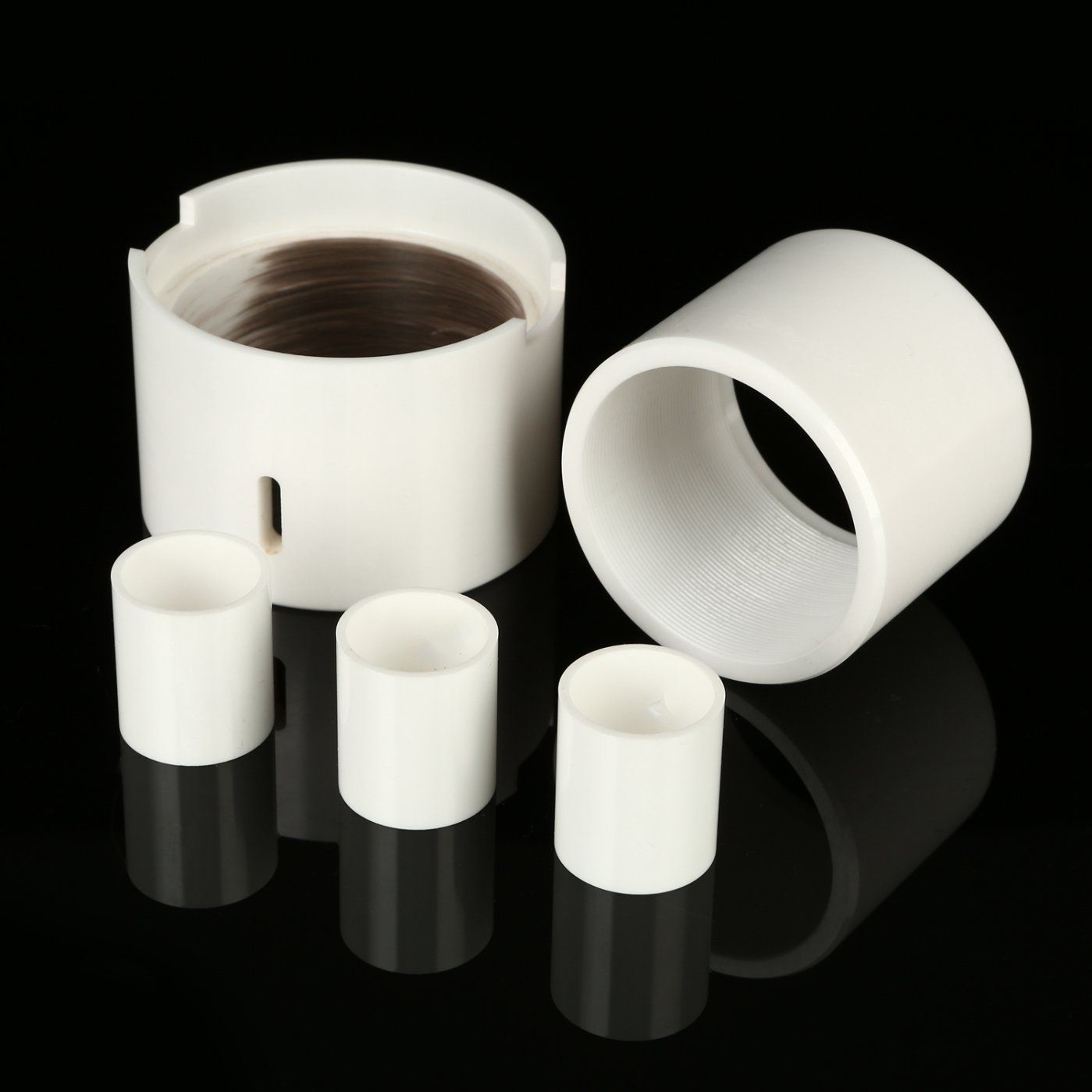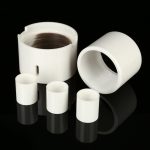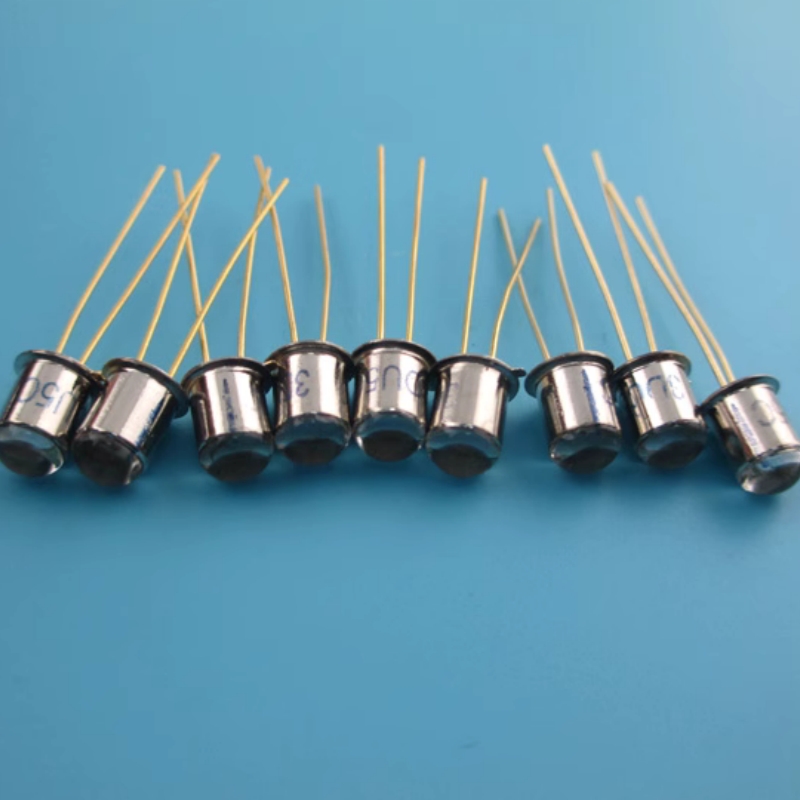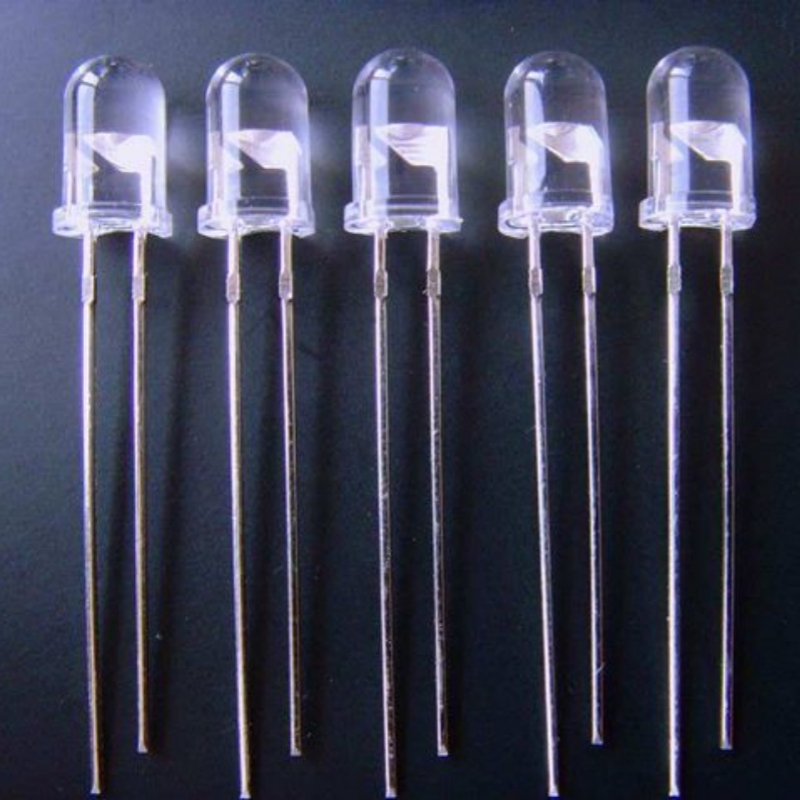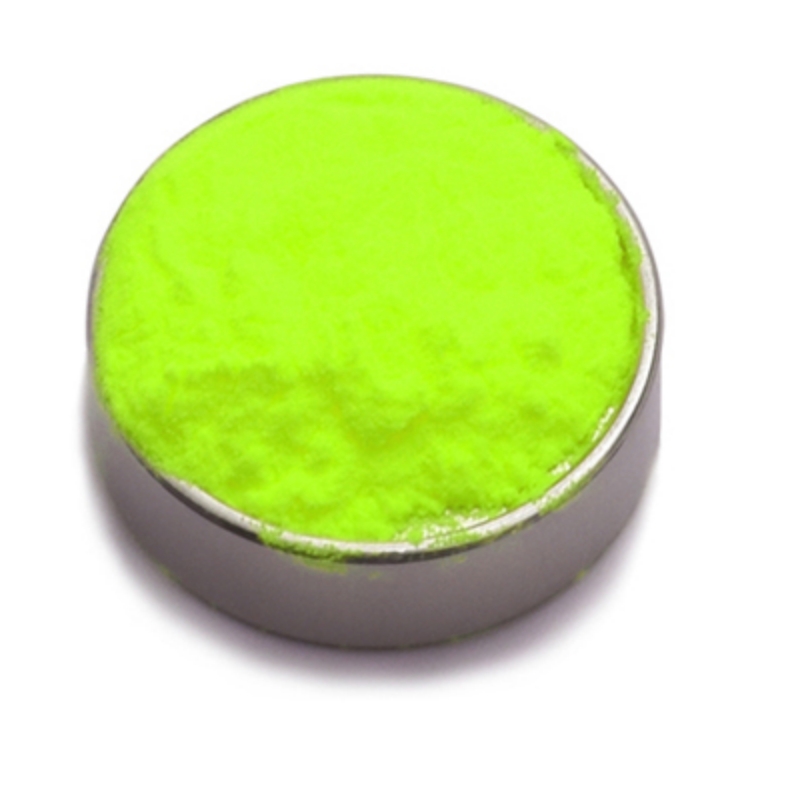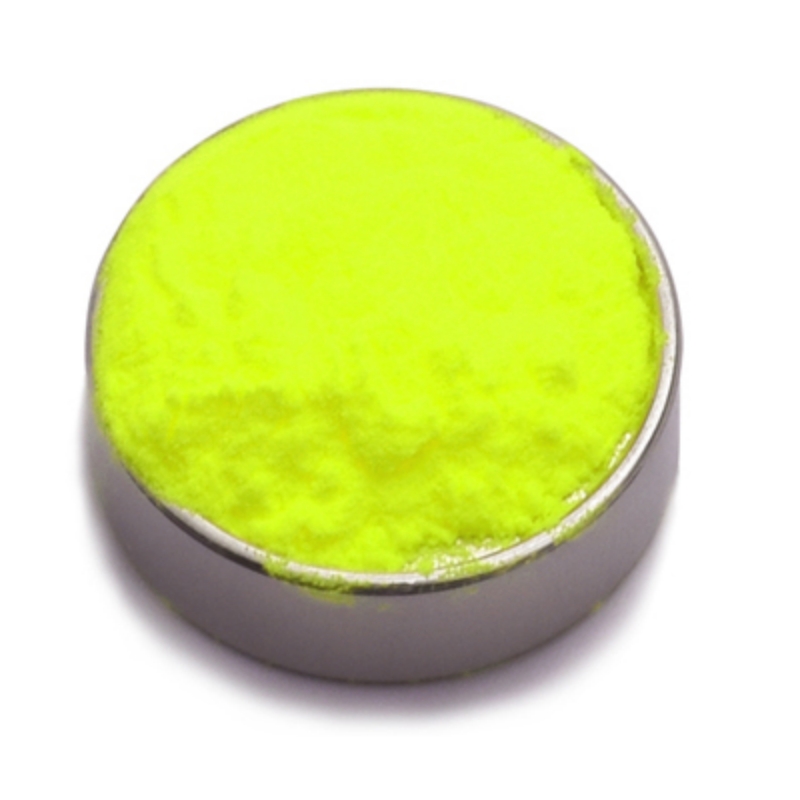Zirconium oxide ceramic powder (ZrO₂ ceramic powder) offers superior mechanical strength, optimized thermal stability, and excellent chemical resistance. Designed for high-performance ceramic applications, it ensures precise material formulation, extended durability, and reliable structural integrity.
Product Overview:
Zirconium oxide (ZrO₂) ceramic tubes are made from a material known for its high melting point, high hardness, and excellent chemical stability. It is an insulator at room temperature but can exhibit conductivity at high temperatures. Pure zirconium oxide is a white solid, but it can appear gray or pale yellow when containing impurities. It exists in three crystal forms. By adding stabilizers like yttrium oxide, zirconium oxide's phase change can be controlled, preventing volume changes and enhancing its high-temperature performance.
Product Features:
- High Melting Point:With a melting point of up to 2715°C, suitable for extreme high-temperature environments.
- High Hardness:Offers excellent wear resistance.
- Chemical Stability:Resistant to corrosion from various chemical substances.
- Phase Stability:With stabilizers, it remains stable in the tetragonal phase at room temperature.
- Good Electrical Properties:Acts as an insulator at room temperature and can conduct electricity at high temperatures.
Applications:
- High-Temperature Equipment:Used in high-temperature furnace tubes, reaction vessels, and other high-temperature components.
- Electrical & Electronics:Suitable for electrical insulation tubes and conductive components in high-temperature environments.
- Chemical Industry:Ideal for corrosion-resistant and wear-resistant parts in chemical equipment.
- Ceramic Manufacturing:Used to produce high-temperature and corrosion-resistant ceramic components.
- Aerospace:Applied in aerospace equipment as high-temperature insulation and protective components.
| Property | Unit | ZTA | YIZ |
| Bulk Density | g/cm³ | 3.8-4.6 | 6 |
| Hardness | MPa ≥ | 86-88 | 88-90 |
| Flexural Strength | HRA ≥ | 172-450 | 900 |
| Max Operating Temp | °C | 1400-1500 | 1500 |
| Thermal Expansion | ×10⁻⁶/℃ | - | - |
| Dielectric Constant | tr (20℃, 1 MHz) | - | - |
| Dielectric Loss | tanδ ×10⁻⁴ (1 MHz) | - | - |
| Volume Resistivity | cm (20℃) | 10¹³ | 10¹⁴ |
| Breakdown Strength | KV/mm, DC ≥ | - | - |
| Acid Resistance | mg/cm² ≤ | - | - |
| Alkali Resistance | mg/cm² ≤ | - | - |
| Wear Resistance | g/cm² ≤ | - | - |
| Compressive Strength | MPa ≥ | 2300-2900 | 2500 |
| Flexural Strength | MPa ≥ | - | - |
| Elastic Modulus | GPa | - | - |
| Poisson's Ratio | (Lateral Strain Coefficient) | - | - |
| Thermal Conductivity | W/m·K (20℃) | 13-27 | 22 |
 new material
new material

